QuestionQUESTION: What are the protrusion on the back side of a Belgian horse's lower leg? They look like some type of gland. I am looking a one to purchase but have never noticed or seen those before.
ANSWER: Dear Andy,
There are no glands of any sort anywhere on any horse's leg. Im not quite certain what you are describing or where it is exactly on the leg. To me, the "back" of the leg is the thinner side of the leg that faces towards the back of the horse (towards the tail). This is the area (below the knee and the hock) where the flexor tendons run down the leg. If there are protrusions or swellings on the back (my definition) of the leg in a horse, they may be associated with an injury or inflammation of these tendons and/or associated structures. Occasionally, there can be excess fluid that accumulates in certain areas around these tendons too. There are protrusions that do exist on the inside of the leg at the same level (just below the knee and the hock) on the upper inside of the cannon bones. These structures are referred to as a "Chestnut". They are simply calluses that form in that site and are perfectly normal in all horses. They serve no major function. They can be very promininet in some horses and often change in size if large ones get abraded or broken off. There is no feeling in them as they are made of the same tissue as a finger nail or other callus, like you might get on a hand. The "inside" of the leg, to me, is the wider and flatter surface of the leg that faces towards the horse's midline of the chest and abdomen. If I am insulting your horse knowledge, please forgive me. I do not have a good idea of what you are describing and where it is. Maybe you could attach a picture of this/these structures on the leg so that I might have a better idea. Also, if you are purchasing a horse, I strongly recommend a prepurchase exam be performed by a qualified equine vet. This examination is worthwhile to identify any abnormalities this horse may have during the examination that could indicate health or lameness issues with the horse. This type of examination is not a warranty. It does however help protect you from purchasing an animal that could have a condition that may not be known or disclosed by the seller. Detecting abnormal findings in a prepurchase exam will help you and your vet to make informed decisions regarding the significance of the finding and whether it might indicate something that could affect the ability of the horse to fulfill your expectations for its ability to perform and for its overall health status. Please feel free to write me back, and if these protrusions are still undefined for you, try to include a picture of them so that I might be to more specifically address what they are or could be. Good luck.
---------- FOLLOW-UP ----------
QUESTION: The protrusion is on the back of the leg (your definition)and on all 4 legs just above the hoof. I don't have a photo of it at this time but will see if I can obtain one. I'm told by the seller that all draft horses have them but does not know what they are. Thanks. Andy
AnswerIm sorry but I may to need to see a picture. It may be the ergot that you are describing, and that too occurs in other horses as well.
If that is what it is, Im guessing it is, it is the exact same thing as a chestnut but in a different location on the leg. See if you can google it for an image. try this site and see if this looks and sounds like it: www.cowboyway.com. Look under the links entitled "What is/Are". It is the 5th link down in this list entitiled "What are Chestnuts and Ergots". This page has pictures of both the Chestnut and the Ergot. Again, they are the same things, same tisues with no real function, just in different places. let me know. Im thinking this may be an Ergot you are describing.

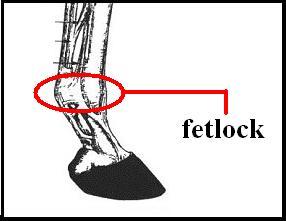 fetlock protection
QuestionQUESTION: hello madam, how to protect horse fet
fetlock protection
QuestionQUESTION: hello madam, how to protect horse fet
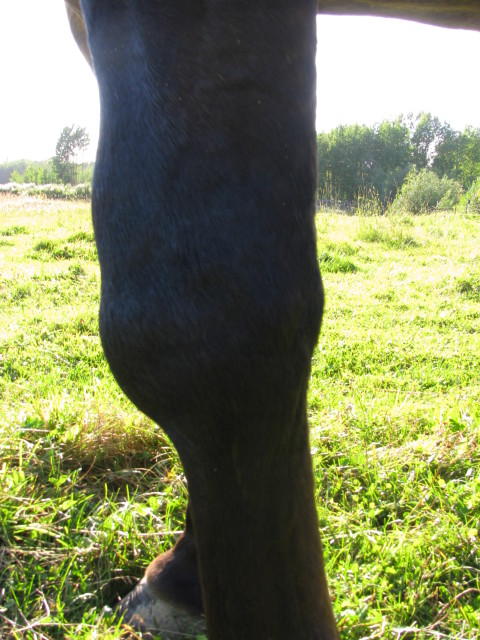 Swollen Knee
Question
horse
Hello Judi,
I live in Canada and
Swollen Knee
Question
horse
Hello Judi,
I live in Canada and
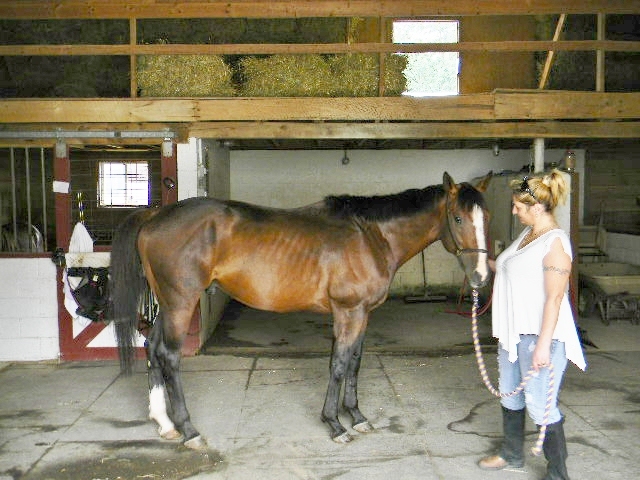 Gelding a 4 year-old ex-racehorse
Questionsplash
QUESTION: In April of this year I
Gelding a 4 year-old ex-racehorse
Questionsplash
QUESTION: In April of this year I
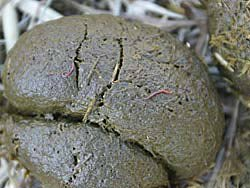 horse dropping - worms
Question
horse droppings
hello Lyn, i have attac
horse dropping - worms
Question
horse droppings
hello Lyn, i have attac
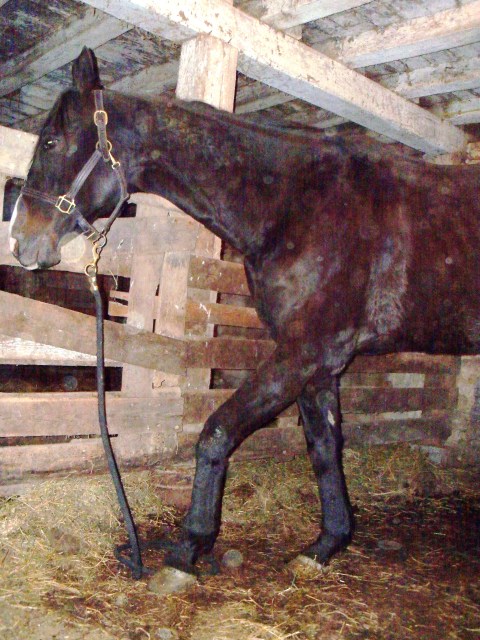 Brachial Plexus nerve injury
Question
Friskys bad shoulder
I have a 9 year old Thoro
Brachial Plexus nerve injury
Question
Friskys bad shoulder
I have a 9 year old Thoro